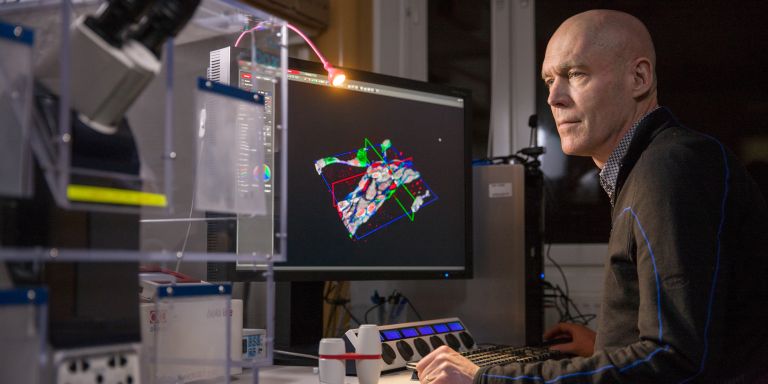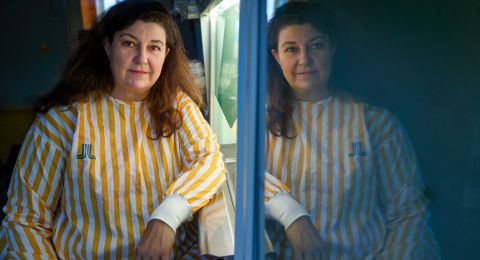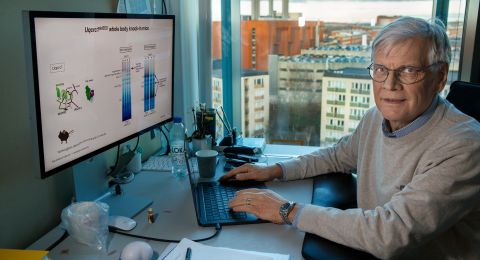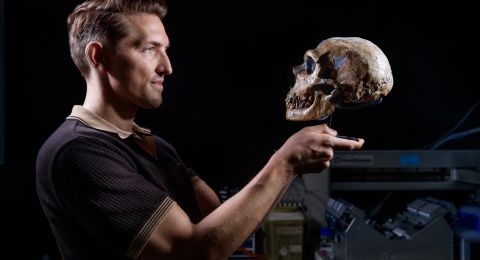
Project Grant 2015
Towards control of formation and resolution of edema by deciphering mechanisms of vascular leak and lymphatic function
Principal investigator:
Christer Betsholtz, Professor of Vascular and Tumor Biology
Co-investigators:
Lena Claesson-Welsh
Elisabetta Dejana
Katie Bentley
Taija Mäkinen
Institution:
Uppsala University
Grant in SEK:
SEK 60 million over five years
All is dark in the microscope lab – the only source of light is a couple of flickering computer screens. Christer Betsholtz, Professor of Vascular and Tumor Biology, sits down at one of them and shows a three-dimensional image of a mouse kidney in which the blood vessels are being studied at the molecular level. Proteins and cells have been prepared so they can be seen in different fluorescent colors.
“We can use fluorescence microscopy to study the structure of blood vessels in various organs and tissue. You might say that we make virtual incisions so we can look inside the blood vessel and see how proteins and cells are placed in relation to one another.”
For some years now five of the world’s foremost research teams in the field of vascular biology have been gathered under the same roof at the Rudbeck Laboratory in Uppsala. Professor Betsholtz elaborates:
“It’s great. We all work in the field of vascular biology, or angiogenesis as it is also known, albeit using different techniques. It’s an exciting challenge to get this cluster of just over 50 researchers to blossom and reach its full potential.”
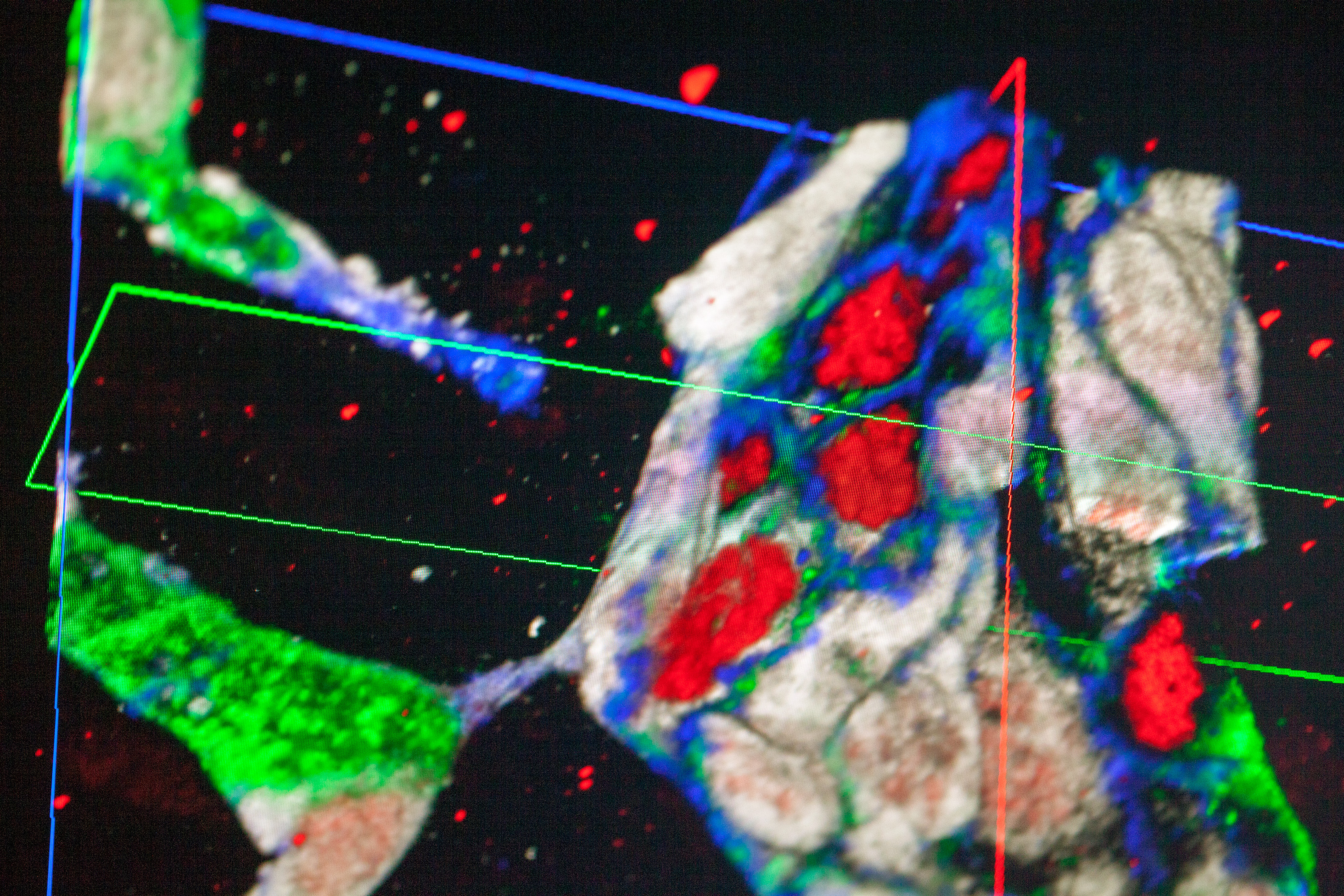
Edema project
In one project, supported by the Knut and Alice Wallenberg Foundation, the research teams are working together to improve our knowledge of edema – the accumulations of fluid that may occur in a number of diseases, including cancer. The research aims to understand the fundamental mechanisms involved in the formation of blood vessels and lymphatic vessels.
“Blood vessels and lymphatic vessels talk to each other in the sense that fluid leaks out from blood vessels and ends up in tissue, before draining back into the bloodstream via the lymphatic vessels. When this transport of fluids does not work, either because the blood vessels are leaking too much or because the lymphatic vessels are not draining enough, swelling occurs – edema,” Professor Betsholtz explains.
With many diseases, edema and its effects on tissue are the central problem; in some cases the swelling can have serious implications.
“Myocardial edema following a heart attack affects the heart’s ability to beat. A swelling of the brain caused by a stroke or tumor, for example, may be fatal. Swellings may also prevent drugs from having the desired effect. Chemotherapy used to treat cancer is one example of this.”
The researchers know that both blood vessels and lymphatic vessels can reform, but they do not understanding why this is not always an automatic part of the healing process.
“We want to learn more about how blood vessels and lymphatic vessels reform, and whether it is possible to restore drainage by stimulating the formation of new blood vessels and lymphatic vessels.”
Modeling fluid transport
The researchers hope that the molecular studies of vascular and lymphatic fluid transport in mice and zebra fish in particular will enable them to learn more about the complex chemical structures in the vessel walls.
The results of the laboratory experiments will then be used in advanced data modeling of these processes. The models may in turn yield interesting findings and theories to be tested further in the lab.
“One of the lines we are pursuing in the project focuses specifically on the brain. Others concern mechanisms that may be common to different organs,” Professor Betsholtz comments.
The structure of blood vessels differs from one part of the body to another. In the brain capillaries are particularly non-permeable, known as the blood-brain barrier, necessary to protect the brain. In other organs the blood vessels must be highly permeable in order to work, e.g. in the liver or the kidneys.
“These differences naturally influence how swelling occurs and dissipates, and therefore how various diseases are manifested and can be treated,” says Professor Betsholtz.
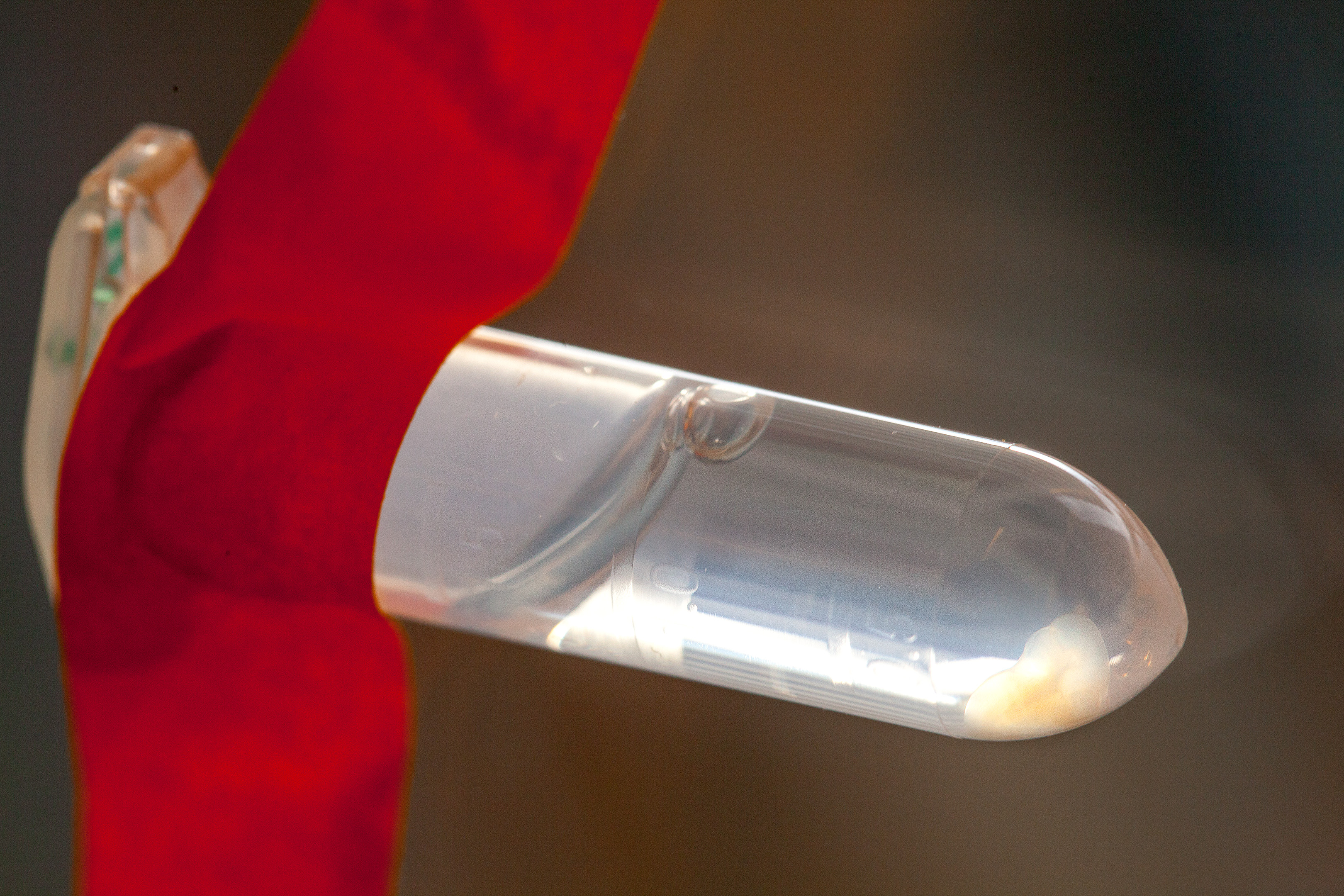
New treatment methods
The researchers hope it will ultimately be possible to use some of the mechanisms being studied to develop drugs that can, for example, reduce leakage from blood vessels or improve lymphatic function, thereby alleviating swelling where necessary.
Once a month the five team leaders gather at one of their homes to brainstorm informally about tricky research findings. They all agree that expertise in the field of bioinformatics is one of the keys to success.
“We are using a new sequencing technique – single-cell RNA sequencing – to find out which genes individual cell types in the blood vessels express, and for the first time we can define these cell types. But we need new ways of managing and analyzing the enormous quantities data generated using the technique.”
For many years Professor Betsholtz’s own research team has been studying a cell type called pericytes, which are wrapped around blood capillaries.
“The nature and function of pericytes has long been a bone of contention in this field of research. But we now know which 10,000 genes a pericyte expresses, and are therefore able to describe the cell in molecular terms at a level we have never even come close to before. We can put an end to this debate, and I don’t think anyone in the research community will be surprised to hear that this has been achieved here in Uppsala.”
Text Susanne Rosén
Translation Maxwell Arding
Photo Magnus Bergström
